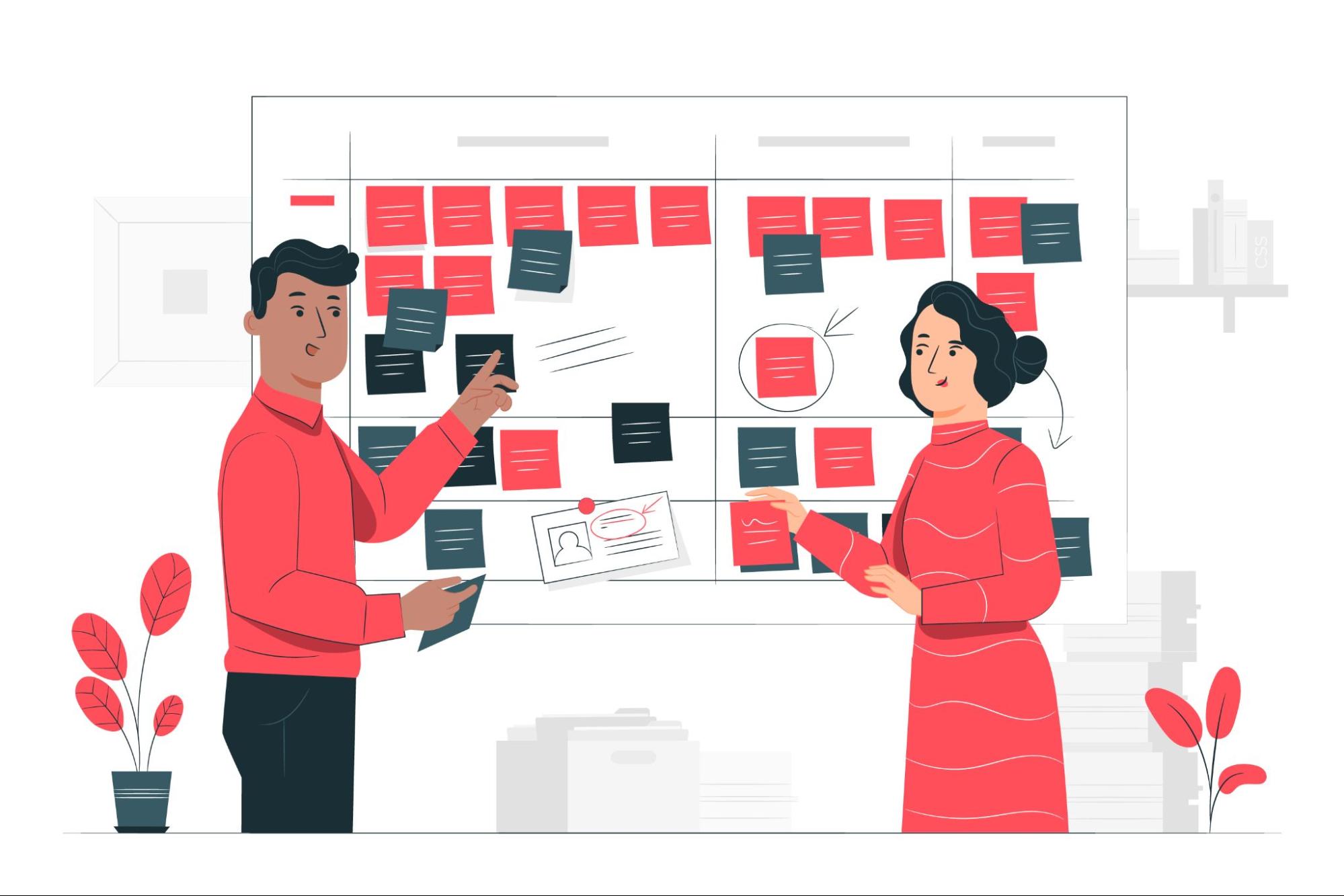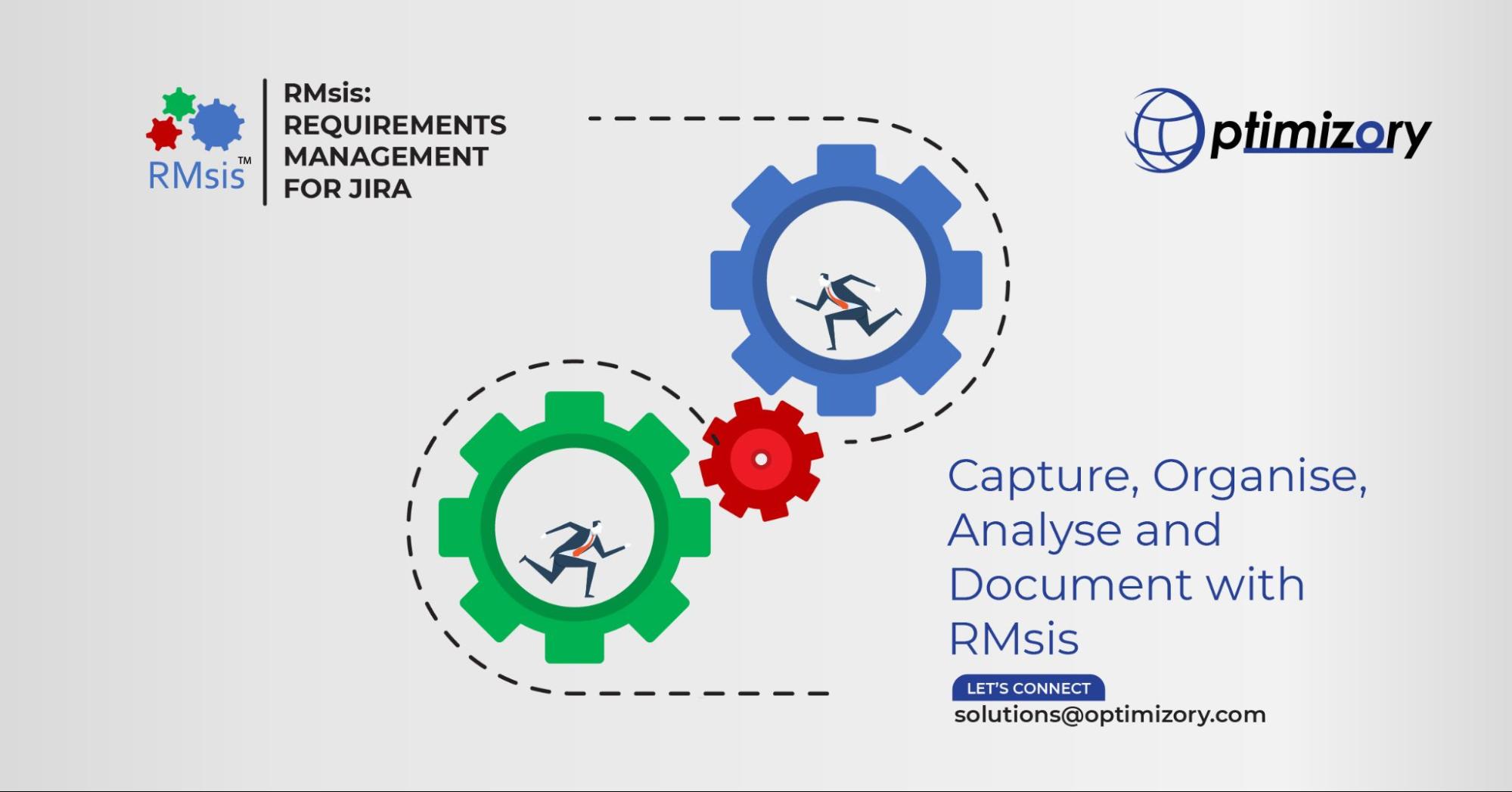

Notepads, thick bundles of inked papers, numerable spreadsheets and emails are a few of the traditional ways of managing requirements. Requirement Management Tools (digital) or apps to manage requirements are completely out of the picture for some businesses. Now, do you hear chaos and mess there? Yes, because I sense that as well. While many companies have not yet optimized the true power of digitalization, they are not only missing out but also lacking the awareness towards the future of requirements management.
Let’s together explore the importance of hitting it off with a proper app to ensure productivity, manage and fulfill requirements on time and efficiently.

While traditional methods like spreadsheets, emails, and paper documents might seem familiar and more comfortable, they present a surprising number of challenges for requirement management in modern projects.
Here are some key problems you might encounter:
These are just a few problems that prick the eyes from the surface. In today's day and time, without a proper Requirements Management Tool, the chaotic gathering of requirements can not only disturb the functioning of the organization, but also the mental health of employees and teams in the long run.

Requirement management tools offer a wealth of benefits compared to traditional methods like spreadsheets and documents.
Here are some key advantages:
Beyond these major benefits, requirement management tools can also:
However, choosing the right requirement management software or apps, is important. Selecting the perfect requirement management tool is like picking the right seed for your project's garden. The wrong choice can lead to stunted growth, tangled communication, and wilting morale. But choosing wisely provides a bounty of benefits: organized requirements, streamlined collaboration, and a happy, productive team. So, invest time in finding the tool that matches your project's soil, size, and sunshine needs, and watch your project grow exponentially with success.

No more finding yourselves panicking between those countless, look-alike spreadsheets and emails. RMsis for Jira provides a single, secure platform to manage and track even the most extensive lists of requirements. Every detail is meticulously organized and readily accessible, eliminating the risk of critical information slipping through the cracks.
You can:
Customer feedback, market research, internal stakeholder input – RMsis effortlessly integrates requirements from across the spectrum. Imagine a cacophony of voices transformed into a unified chorus, driving your project forward with a sense of clarity and consistency..
Set baselines as a strong foundation of your project. RMsis ensures everyone marches to the same beat, guaranteeing that agreements with stakeholders remain rock-solid throughout the development lifecycle.
Untangle the web of dependencies with crystal-clear traceability links. RMsis efficiently maps the connections between requirements and other project artifacts, ensuring that even the most subtle changes ripple through the system seamlessly. No stone remains unturned.
Even the most labyrinthine contracts are no match for RMsis. Navigate the intricate clauses with ease, ensuring that every requirement finds its home and compliance reigns supreme. Breathe easy knowing your project sails smoothly through even the stormiest contractual waters.
Requirements rarely stay static. RMsis facilitates the evolutionary dance of change with seamless updates and modifications. Adapt and adjust without compromising the integrity or harmony of your project.
Ditch the post-it purgatory and email pandemonium! Requirement Management Tools are the digital conductors your project needs, transforming scattered notes into an amalgamation of organization, collaboration, and efficiency. RMsis, as a requirement management tool, banishes disarray with centralized data, real-time updates, and streamlined communication, ensuring everyone stays on the same page. Automation and standardization waltz hand-in-hand, minimizing errors and boosting team morale. Even the most complex contracts become graceful with traceability maps and impact analysis. Choosing a right RMT, like RMsis, is like planting the seed of success – find the perfect fit and watch your project blossom in perfect harmony.